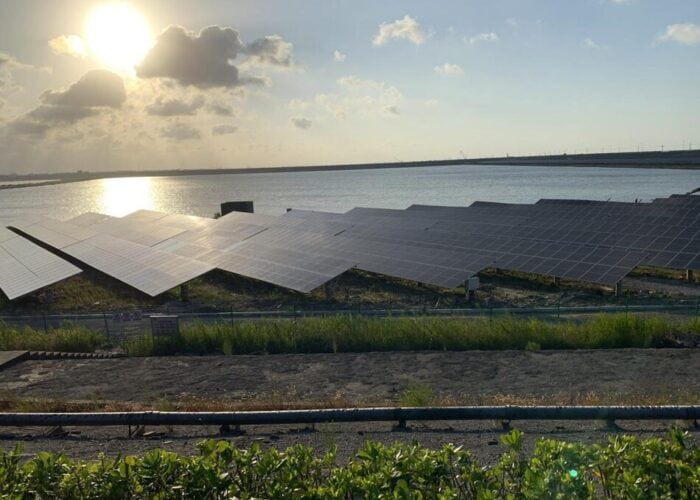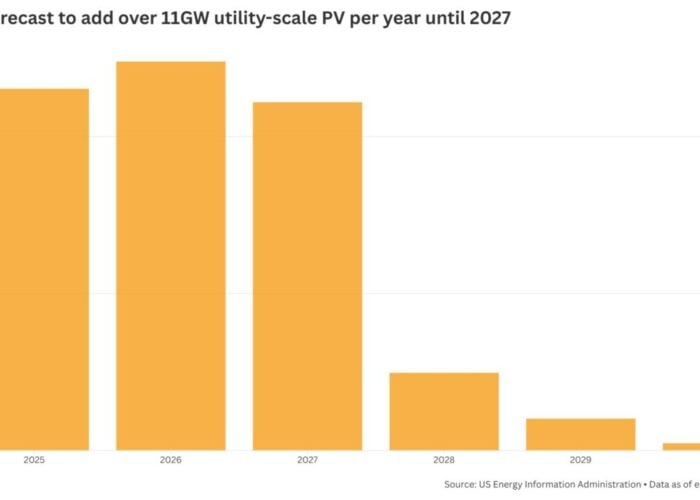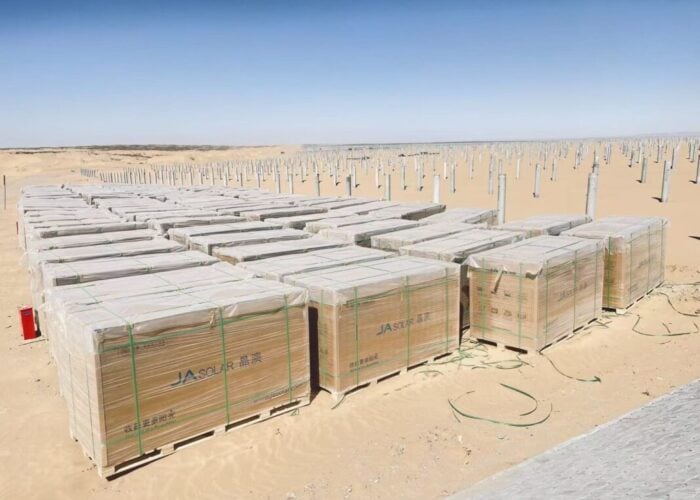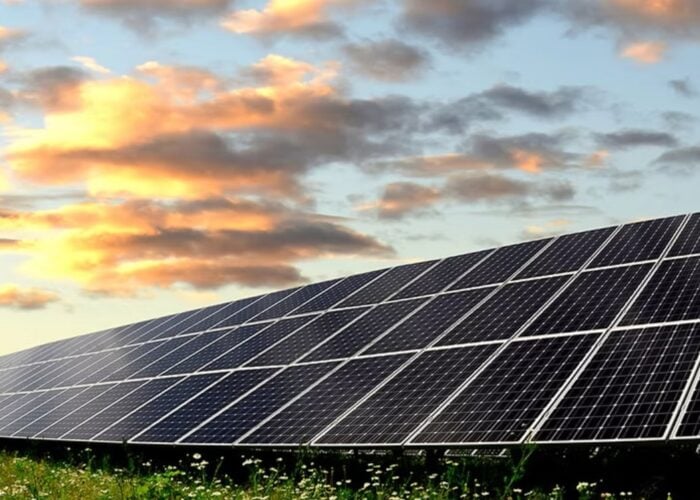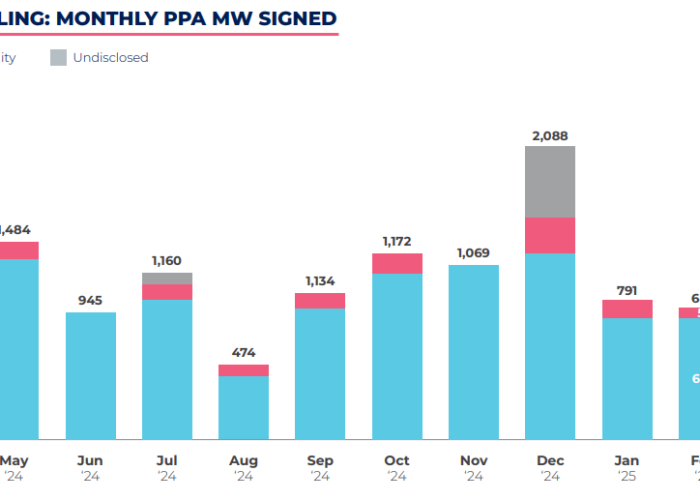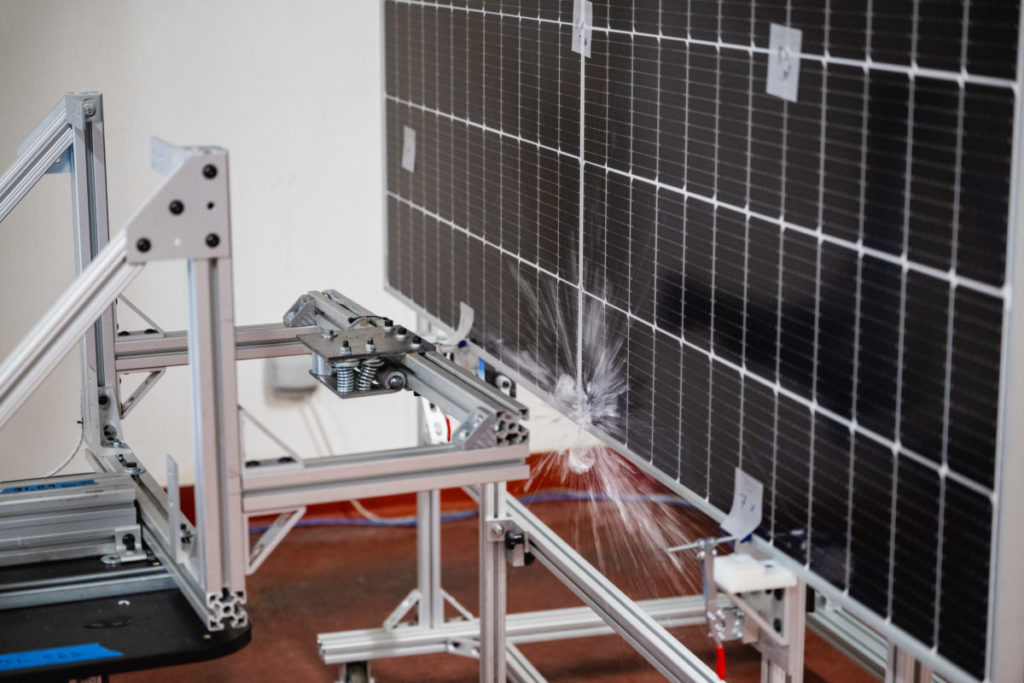
US solar analyst Raptor Maps has published its ‘2024 Global Solar Report’, which has found that asset underperformance and equipment issues at solar projects could have cost the global solar sector US$4.6 billion in lost revenue in 2023.
The report, which analyses 125GW of solar capacity across 41 countries, looks at how operational inefficiencies and malfunctioning equipment have impeded the productivity of solar assets. The report notes that the average power loss resulting from equipment faults increased from 3.13% in 2022 to 4.47% in 2023, leading to an annual revenue loss of US$4,696/MWdc.
Unlock unlimited access for 12 whole months of distinctive global analysis
Photovoltaics International is now included.
- Regular insight and analysis of the industry’s biggest developments
- In-depth interviews with the industry’s leading figures
- Unlimited digital access to the PV Tech Power journal catalogue
- Unlimited digital access to the Photovoltaics International journal catalogue
- Access to more than 1,000 technical papers
- Discounts on Solar Media’s portfolio of events, in-person and virtual
Or continue reading this article for free
Perhaps most concerningly, this marks the fifth consecutive year that average power loss has increased, rising from 1.61% in 2019. This means that the average revenue loss for solar operators has almost tripled over this period, from US$1,692/MWdc in 2019 to US$4,696/MWdc last year.
Power loss factors
The report notes that the majority of power losses stem from “system-level faults,” that is to say inverter or string defects, rather than specific solar modules. Raptor Maps notes that, in 2023, faults relating to inverters, string outages and combiners accounted for just 1.91%, 0.9% and 0.81% of power losses, respectively.
In total, module-related faults accounted for just 4.5% of all power losses in 2023, although this percentage has increased in recent years from just over 1.5% in 2019. Most notably, inverter faults accounted for a greater percentage of power losses in 2023 than all module-adjacent faults in 2019, suggesting that the solar industry would benefit from greater attention being paid to inverter technical performance in particular.
However, module-level faults have remained consistent, accounting for 0.21% of power losses in both 2019 and 2023 and only fluctuating as high as 0.3% in 2021. There is a discrepancy among these faults for types of module technology, too, with monocrystalline products generating a greater percentage of power losses than other technology types.
Raptor Maps notes that monocrystalline cells accounted for around 4.6% of power losses, compared to 4.4% for polycrystalline cells and around 3.6% for thin-film cells. Thin-film’s relative resistance to power losses could have encouraged developers to invest more heavily in the technology, with US cadmium telluride (CdTe) manufacturer First Solar expanding its thin-film module manufacturing capacity by 6.8GW in 2023.
Underperformance by site size and region
The report also notes that there is a notable discrepancy in the value of revenue lost at sites of different sizes. Sites with a capacity of greater than 100MW, for instance, had a higher average loss per MW, with sites between 100-200MW losing US$4,998/MWdc, and sites larger than 200MW losing US$5,161’MWdc, the highest average of any site size.
Conversely, projects between 50-100MW in capacity lost just US$3,641/MWdc, the lowest among site sizes. The 75th percentile of sites of this size also lost just US$4,247/MWdc, the lowest among the 75th percentile of all site sizes and the only such percentile to lose less than US$5,000/MWdc. This month, developers Tata Power, Solek and EnBW have all commissioned or started construction of projects of this size, suggesting that the relative financial efficiency of these projects could be encouraging developers to invest more readily in such facilities.
The report also highlighted variations in power loss in five US regions, the country from which the majority of its data is drawn. The north-east and south-east posted the highest figures of revenue loss, of US$6,108/MWdc and US$5,784/MWdc, respectively, and the report’s authors suggested that the prevalence of hailstorms in the north-east, and storms in the south-east, could have contributed to these losses, with extreme environmental conditions a much-discussed topic with regard to PV efficiency.
Curiously, the “plains area” of the US, a central strip of land running north-south and covering states including Texas, North Dakota and South Dakota, saw relatively high financial losses, with this region’s losses of US$5,755/MWdc only a shade lower than the losses endured in the south-east. While this region’s physical geography varies considerably, so drawing conclusions about the environmental impact on PV effectiveness in this area is difficult, it suggests that there are factors beyond environmental disruption that affect power losses.

